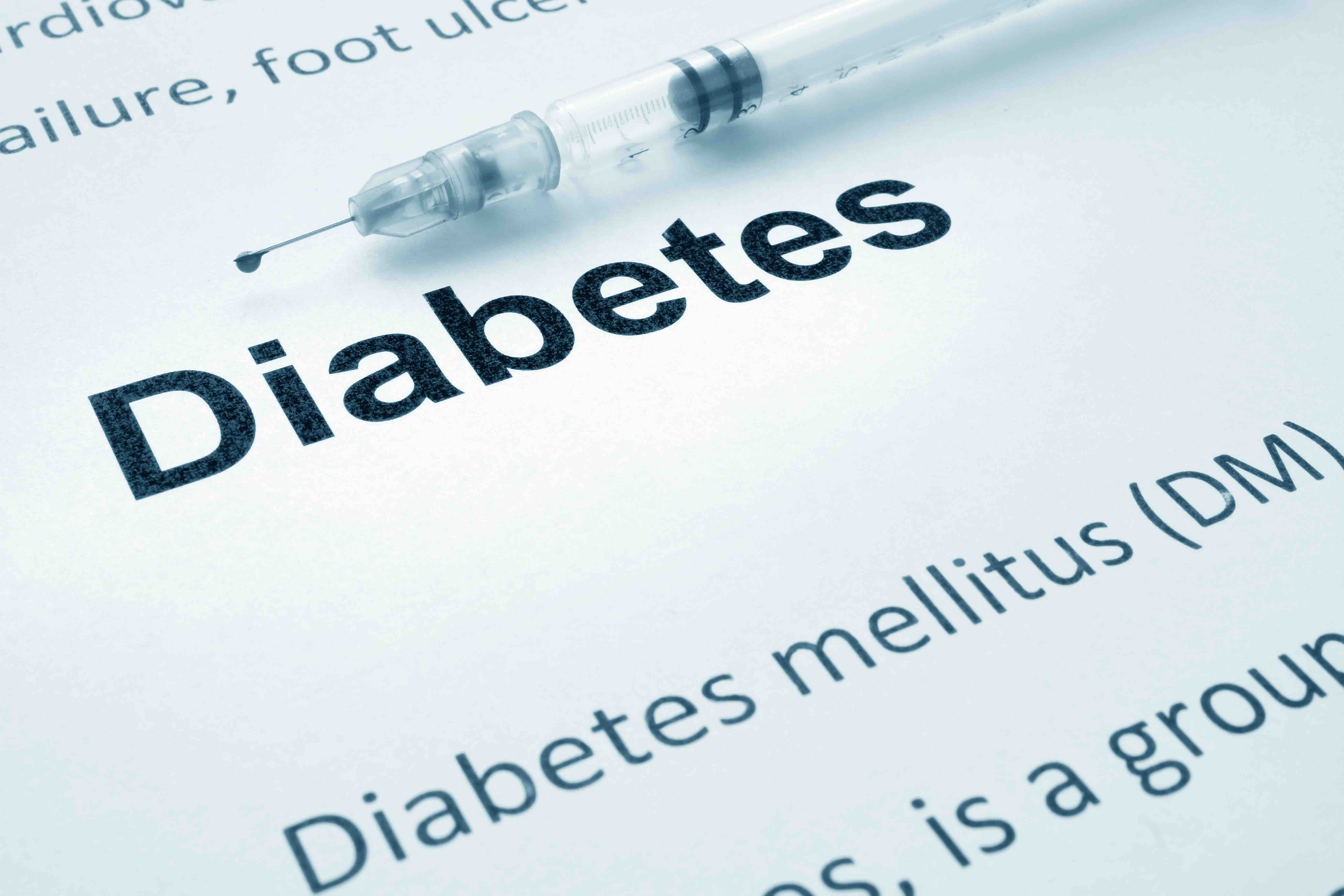Article
Out-of-Pocket Insulin Costs Remain Stable for the Privately Insured
Author(s):
Insulin out-of-pocket costs remained relatively flat between 2006 and 2017 among privately insured patients, despite increased insulin prices paid by insurers, according to research published in JAMA Internal Medicine.
Insulin out-of-pocket costs remained relatively flat between 2006 and 2017 among privately insured patients, despite increased insulin prices paid by insurers, according to research published in JAMA Internal Medicine.
Increased out-of-pocket costs for insulin have prompted concern in recent years, as some experts worry the practice may lead to potentially lethal rationing. The average price of a 40-day supply of insulin nearly doubled between 2012 and 2016, from $344 to $666, coming on top of costs that tripled between 2002 and 2013.
Researchers used Optum’s deidentified Clinformatics Data Mart Database to assess medical and pharmacy claims data from 612,071 privately insured Americans. Overall, 10,954,436 insulin claims were included. Members were classified based on the following health insurance benefit types: high-deductible health plan with a health savings account (HDHP-HSA), health reimbursement arrangement (HRA), or a no-account plan.
Both insulin out-of-pocket costs and reimbursement prices were analyzed. To impute insulin reimbursement price per calendar year, researchers calculated the median non-$0 deductible payment per 30-day equivalent fill of insulin prescriptions among members with an HDHP-HSA.
Investigators also “calculated insulin out-of-pocket costs per 30-day fill and per member per month to characterize the actual monthly patient costs.” They estimated the 2006 to 2017 inflation-adjusted (2017 US$) median reimbursement prices and mean out-of-pocket costs using an annual time-series design.
Of the claims included in the study, 80% (8,800,930) were from members with a no-account plan, 4% (442,662) were from those with an HRA plan, and 7% (774,903) were from individuals with an HDHP-HSA, while 9% (935,941) did not have insurance benefit design data. This cohort was excluded from the stratified analysis.
Data revealed:
- Median insulin 30-day fill reimbursement price increased from $143 (95% CI, $119-$167) in 2006 to $394 (95% CI, $370-$418) in 2017 ($23/year increase; 95% CI, $19-$27)
- Mean out-of-pocket cost per 30-day insulin fill was $36 (95% CI, $33-$39) in 2006, $45 (95% CI, $43-$46) in 2012, and $38 (95% CI, $36-$41) in 2017
- Patients’ share of insulin reimbursement price decreased from 24% (95% CI, 22%-26%) in 2006 to 10% (95% CI, 8.0%-11%) in 2017
Researchers found that among all insulin users, out-of-pocket costs per member per month increased from $52 (95% CI, $48-$57) in 2006 to a peak of $72 (95% CI, $70-$75) in 2013, and then decreased to $64 (95% CI, $60-$68) in 2017. In addition, “out-of-pocket costs per member per month for those with an HDHP-HSA increased from $93 (95% CI, $82-$104) in 2006 to a peak of $150 (95% CI, $144-$155) in 2014, and then decreased to $141 (95% CI, $130-$152) in 2017.”
One limitation of the study was the exclusion of uninsured or publicly insured patients and individuals who had private insurance but did not have available data. The imputed insulin price also did not account for manufacturer rebates.
“The data suggest that privately insured patients have been relatively shielded from insulin price increases and that commercial health insurers have accommodated higher insulin prices by increasing premiums or deductibles for all members,” the authors concluded.
Reference
Meiri A, Zhang F, Ross-Degnan D, et al. Trends in insulin out-of-pocket costs and reimbursement price among US patients with private health insurance, 2006-2017. JAMA Intern Med. Published online June 1, 2020. doi:10.1001/jamainternmed.2020.1302





